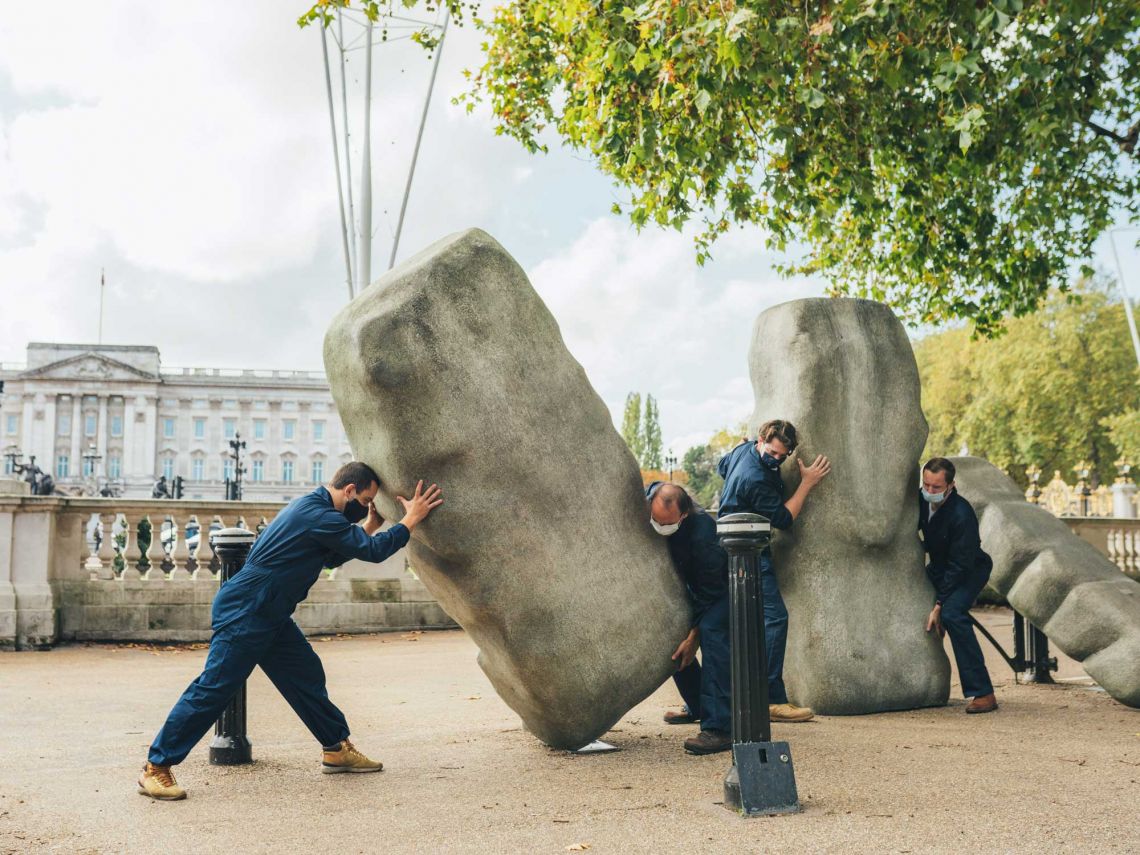Theatrical Scenic Painting
Introduction to Theatrical Scenic Painting
Theatrical scenic painting is a very particular set of skills which utilise a number of processes to achieve realistic looking paint finishes that we apply to our props whenever we want them to replicate things such as concrete or stone effects, or to achieve a wood grained finish or marble effect, metal or old mossy brickwork for instance. A theatrical scenic paint effect is also a great substitute when the real material is proving too expensive, marble is a good example. Fibreglass props or timber, when painted to look like the real thing will weigh so much less. The industrial look of concrete can enhance a retail window display, but the real thing is weighty, expensive and not at all practical. Our lightweight versions are perfect for these settings and cost effective.
We use a number of painting techniques including spray painting, and painting with brushes designed for this type of work. The secret to making props look realistic is to paint lots of layers which really makes the finished prop look realistic. With a number of washes of water based paints finished with a hard wearing lacquer, we can achieve almost any finish that can be found in nature.
Instances where theatrical scenic painting is required aren’t limited to theatres. Depending on the props required we utilise these skills to achieve realistic finishes. We have made bricks that needed to look absolutely real for The Donmar Warehouse, and stone plinths that need to look like actual stone for Ralph Lauren. We have made marble blocks for retail displays, old battered wooden boxes that needed to look authentic for The Imperial War Museum, trees that needed to look like real trees for The National Theatre and some for The o2 and painted polystyrene Stone Henge props that had to look old and mossy for Lost My Marbles, a campaign to restore The Elgin Marbles back to Greece.






